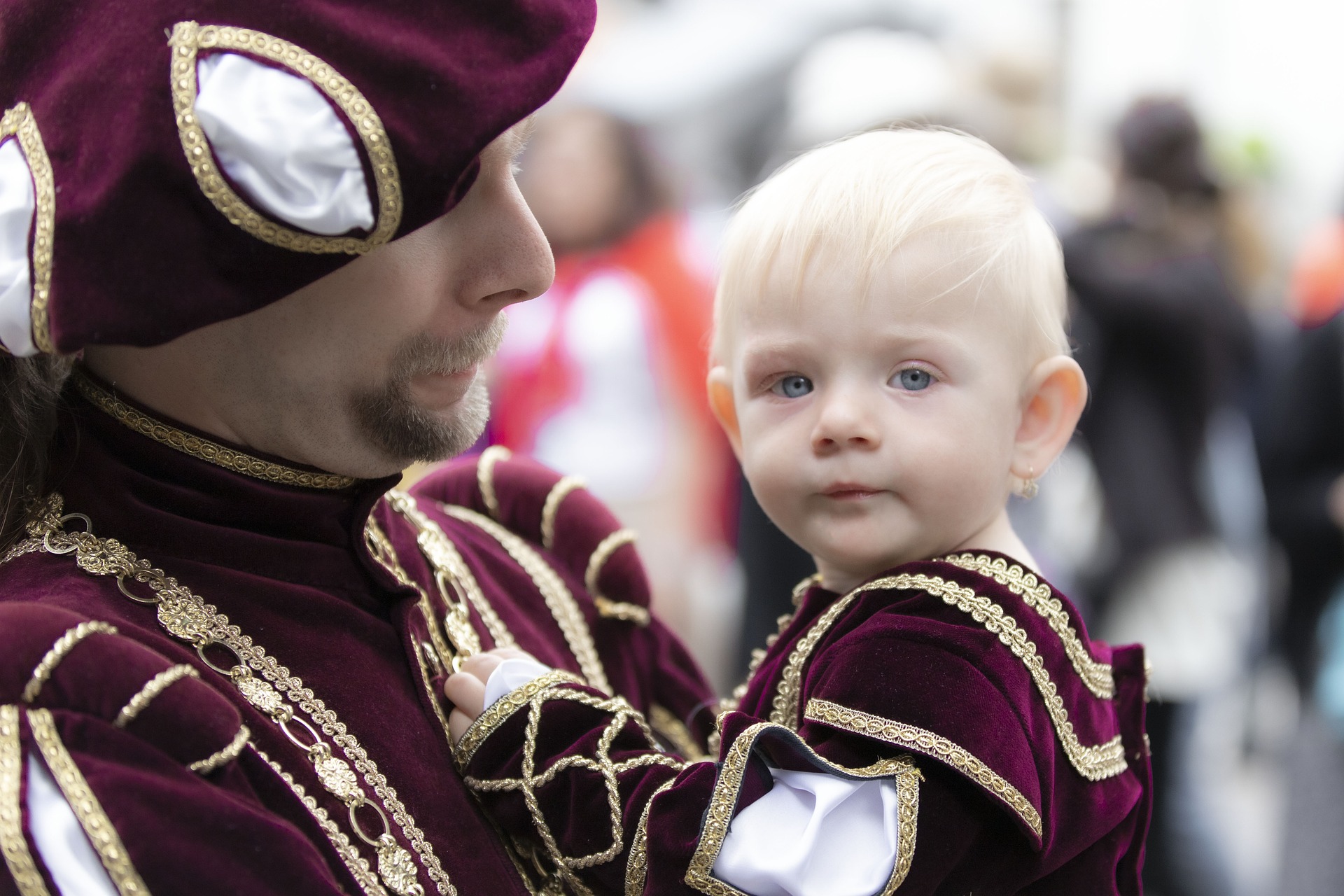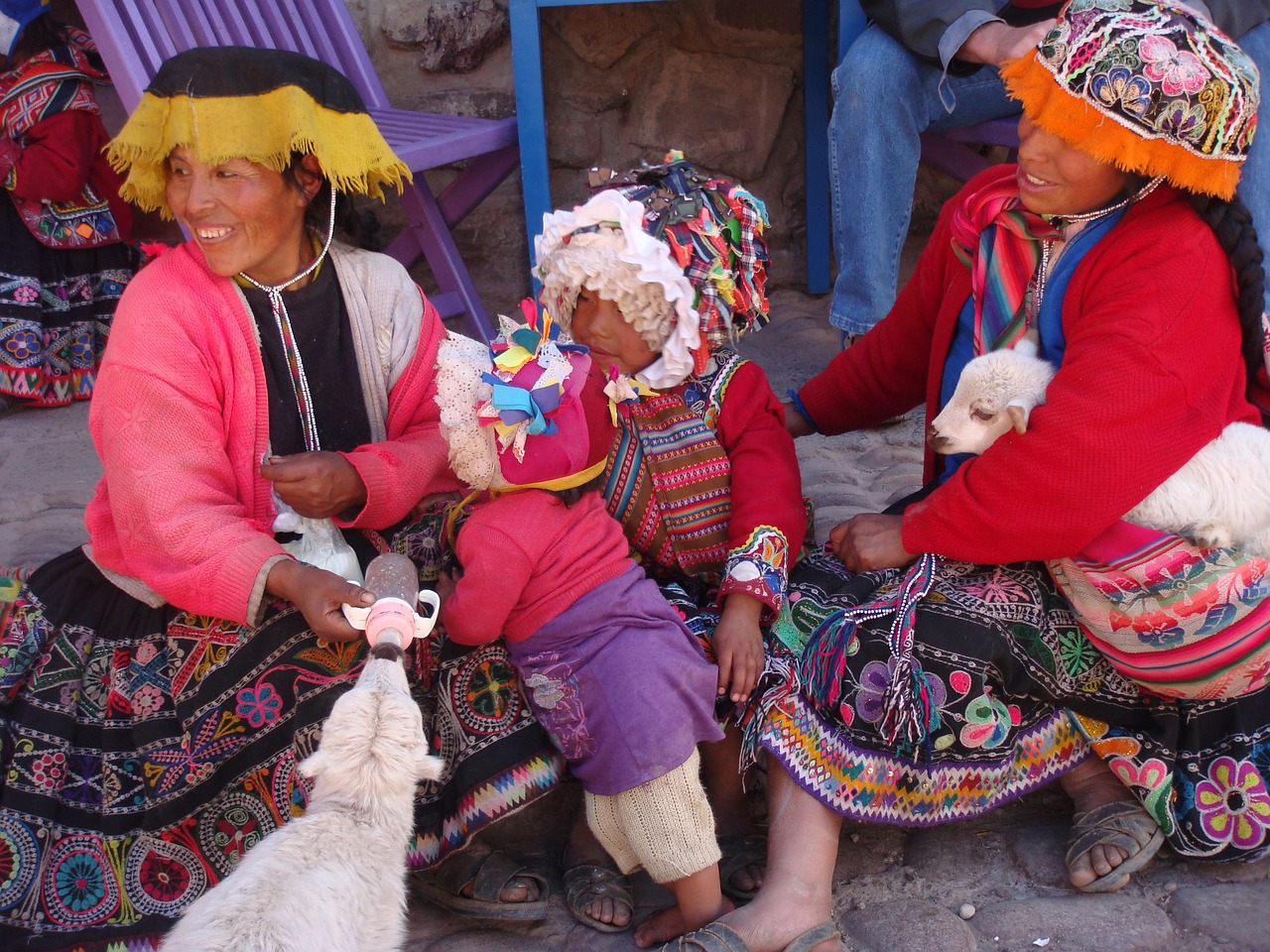Inclusive learning
Completion requirements
Making links to the wider community –
Recognising home cultures
|
Each child comes from a unique social and cultural background and it is important that children understand and respect this diversity. Your children need to be able to connect their culture with activities in your setting and to develop
a sense of belonging and identity. Through learning about the different cultures of their peers, children become comfortable with cultural similarities and differences and learn to respect all cultures in the wider community with empathy
and without prejudices. |
Here are some ideas for how you can link learning in your setting to the children’s home cultures.
Use resources and activities that celebrate different cultures
- Ensure that the everyday resources in your setting represent a wide range of cultures, for example, books, toys, craft resources, and resources to support role-play such as cooking equipment, eating utensils and outfits.
- Pair stories with the same theme but from different cultures to reinforce the idea of shared cultural values.
- Hold a culture day when children bring in things that represent their culture, wear their cultural clothing and share unique aspects of their culture.
- Talk about cultural foods, including how the ingredients are related to what grows in a particular area.
- Introduce and talk about songs with cultural themes.
You can read more information about selecting learning resources in Learning Environment and Resources.

Discuss different cultures and traditions
- Ask children about the special traditions they follow with their families, pointing out similarities and differences between the ways they celebrate holidays and special events.
- Encourage children’s questions about characteristics and traditions of different cultures, to show that it is okay to notice differences and to prompt appropriate discussion about differences and similarities.
- Share your own cultural experiences.

Celebrate children’s home languages
- At the beginning of the day, have a shared greeting activity where you and the class say hello to each child in their home language.
- Include dual-language books in your library, which include the text in different home languages.
- Sing songs in different home languages.
Involve parents and carers
- Invite parents and carers into your setting to share experiences from their cultural backgrounds. For example, they could share a song, dance, story, traditional food or craft.
- Invite parents and carers to share cultural festival celebrations with you and your children.